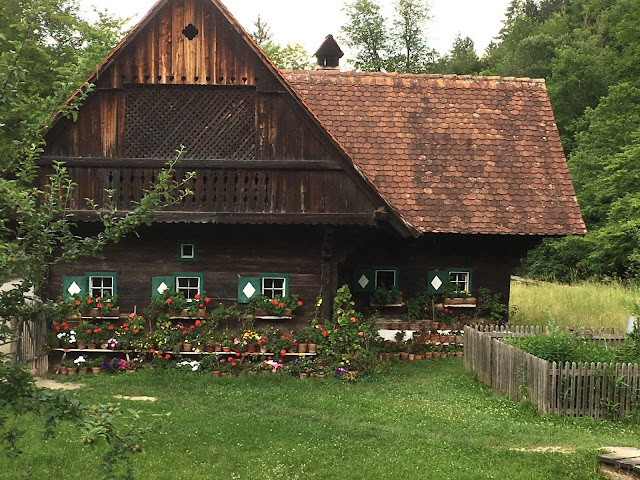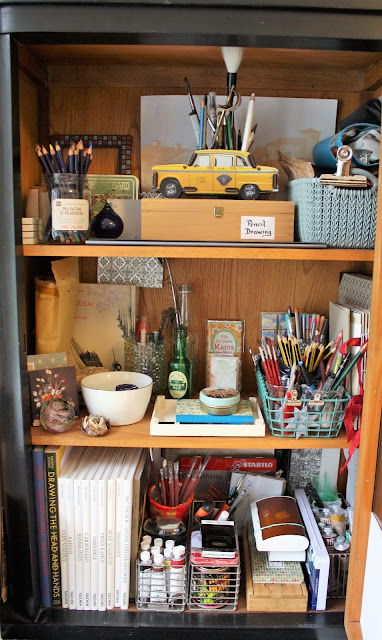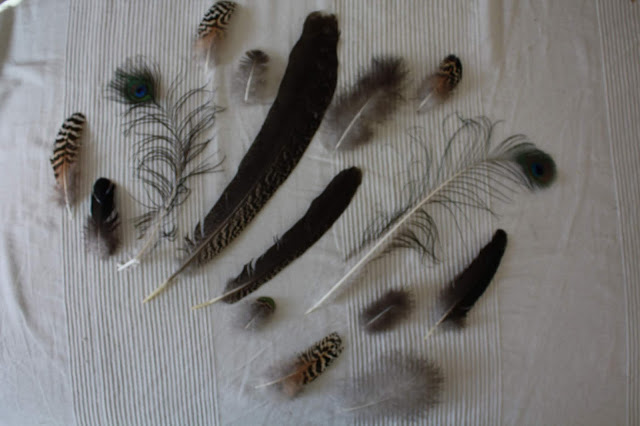Stübing- By wisdom a house is built
“Here, in this house the ghosts of our past are real”
― The Lying Game
― The Lying Game
In a steep narrow valley about 15 minutes outside of Graz there is a museum made up of old buildings. Flat rooved Tirolean houses with rows of boulders holding things together in case of heavy snowfall, little blackish wooden western styrian houses with green and white shutters on their small square windows, farms, a general store, barns, houses and even odd out buildings like a bathhouse, an alm cabin and public bread oven.
 |
| Communal oven |
 |
| Bath house |
Shilf is used on buildings from Burgenland where the Neusiedlersee takes up much of the landscape.
Austria is a country made up of narrow valleys. The mountains are not overly high in comparison with the plains upon which the towns are built but they contain passes treaturous enough to have kept travellers from crossing them during the majority of the year. For although we have four seasons, Summer is by far the shortest. Mirroring its opposite, Winter, which is the longest. Up into May and even June snow can fall on the passes creating unpleasantness now but halting movement entirely up to the present era.
The result is that through lack of significant movement in the more rural regions of Austria both tradition and architecture became quite speciallized. In Lungau, one of the coldest regions of Austria, the houses are made of stone covered with a sort of plaster exterior which is then beautifully painted. The patterns are both sophisticated and delicate. Not nessecarily what you might expect from the deep country they are reminiscent of the patterns on the central building acquired from the Mühlviertl in Upper Austria.
In Western Styria, houses are often half timbered with heavy, blackened, square logs, interlocking at the corners. The other half is whitewashed creating a sense of cleanliness and charm. Green and white shutters, geraniums and other potted plants, and tiny gardens ornament these tiny homes.
As the landscape flattens into the Waldviertl or even further east the wind was the primary enemy and farms are build in squares featuring a central protected courtyard enclosed by the house, barn and out buildings. Sometimes these building conglomerates have an internal connection but usually the courtyard must be crossed when go from one section to another.
Modernization is indeed a blessing in many ways. Movement, travel, and even nutrition have significantly improved over the last century. And with them have come more modern building conditions and styles. Certain costly elements have become standard and certain cultural or regional elements have been abandoned, leading to the loss of the cute and charming regional variation. Written and spoken tradition only go far, visual tradition is more impactful and memorable and as a result museums such as Stübing, the one near us, are collecting these ancient structures. They are disembled at their original site, carefully numbered and transported here where they are reassembled, labled, and filled with 'typical' furnishings. Short histories are written up and their origin is utilized as a categorization method.
Tirolean houses are in the Tirolean section far back in the crook of the valley while the larger free standing farms are located in the middle of a graceful field of wild flowers. To walk through a rural and wild Austria of yesteryear, without the difficulties, hostilities or challenged then faced and to arrive finally at the lovely meadow graced by a pub (accepting bankcards) is to embrace nostalgia willingly and naively. The perfect antidote to the busy rush of modern city life. Even if you know that it was not then idyllic in the way that you have just experienced it now.
Just to add a bit of reality to this haven of peace and tranquility, reaching it by public transportation is difficult and costly. Located only 15 mintues away by train there seems no simple way of getting from the station to the museum, a walk of 40 minutes is required according to an older female resident of the town that lends its name. This adds to the fact that the train only goes once per hour and if a taxi is taken it costs nearly 20 euros from the station, a four minute ride. So perhaps it is mirroring the past better than I have been giving it credit for doing.
We brought a picnic with us, spreading the blanket under the trees between a moss covered water wheel and the more contemporary extension. Neither where functioning as the water levels have been too low over the last five years to reach the wheel. An interesting fact which dates our last picnic in Stübing to 5 years ago as we chose the same spot. We had been accompanied by the cheerful splashing of the brook and creeking of old wood as the wheel laboriously made its rotations, but now the lazy quiet of summer in the woods surrounded and lulled us as we ate and stretched out on the blanket afterwards to enjoy the slow pace of the day.
As always I took a lot of reference pictures, a few more of which are shared below. How I plan pictures and use reference photos is the topic of an upcoming post, so if you are interested, look out for it.
To get posts as soon as they are published click on the subscribe button at the top of the page or Follow by clicking on the follow button.

































Comments
Post a Comment